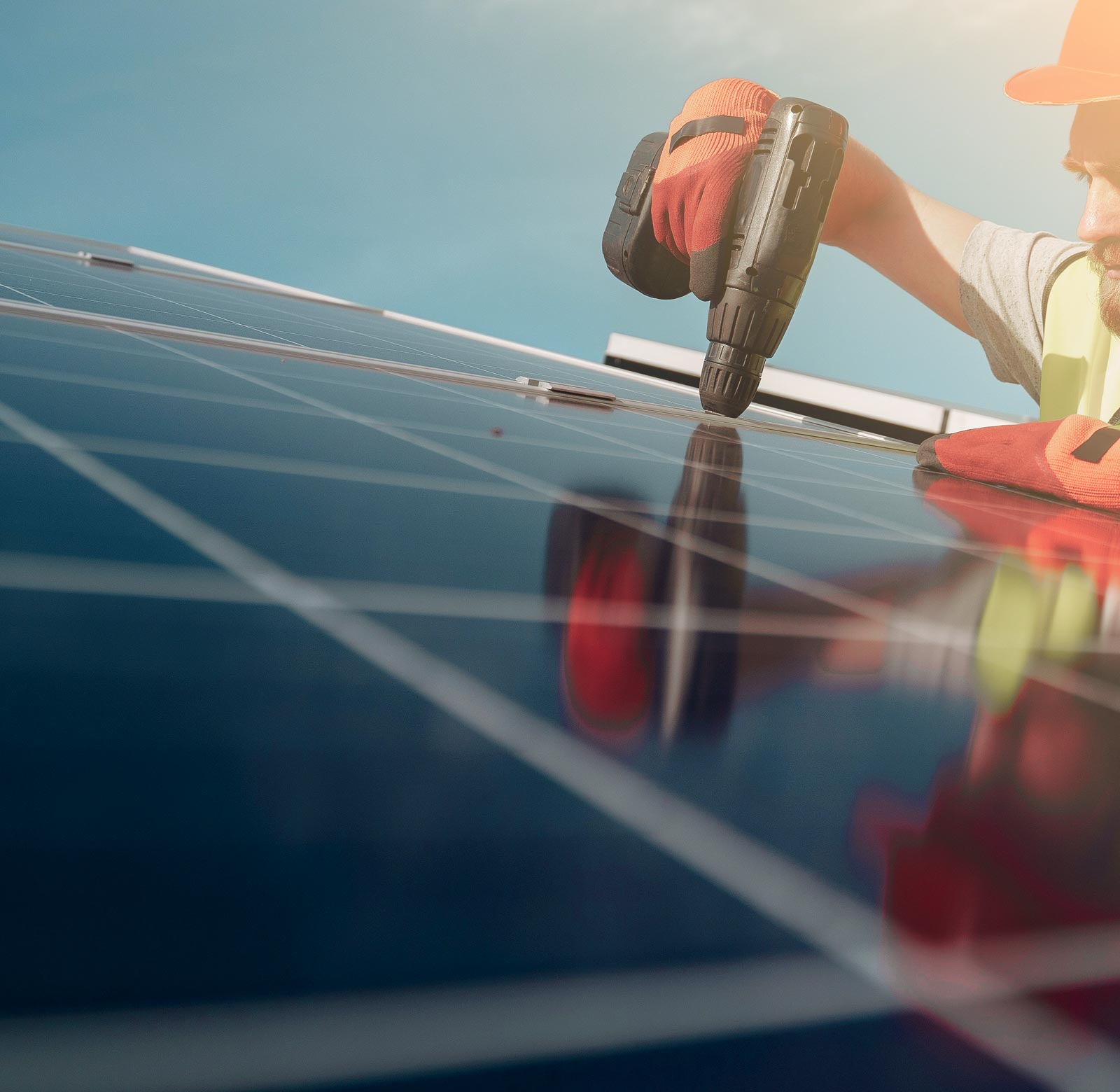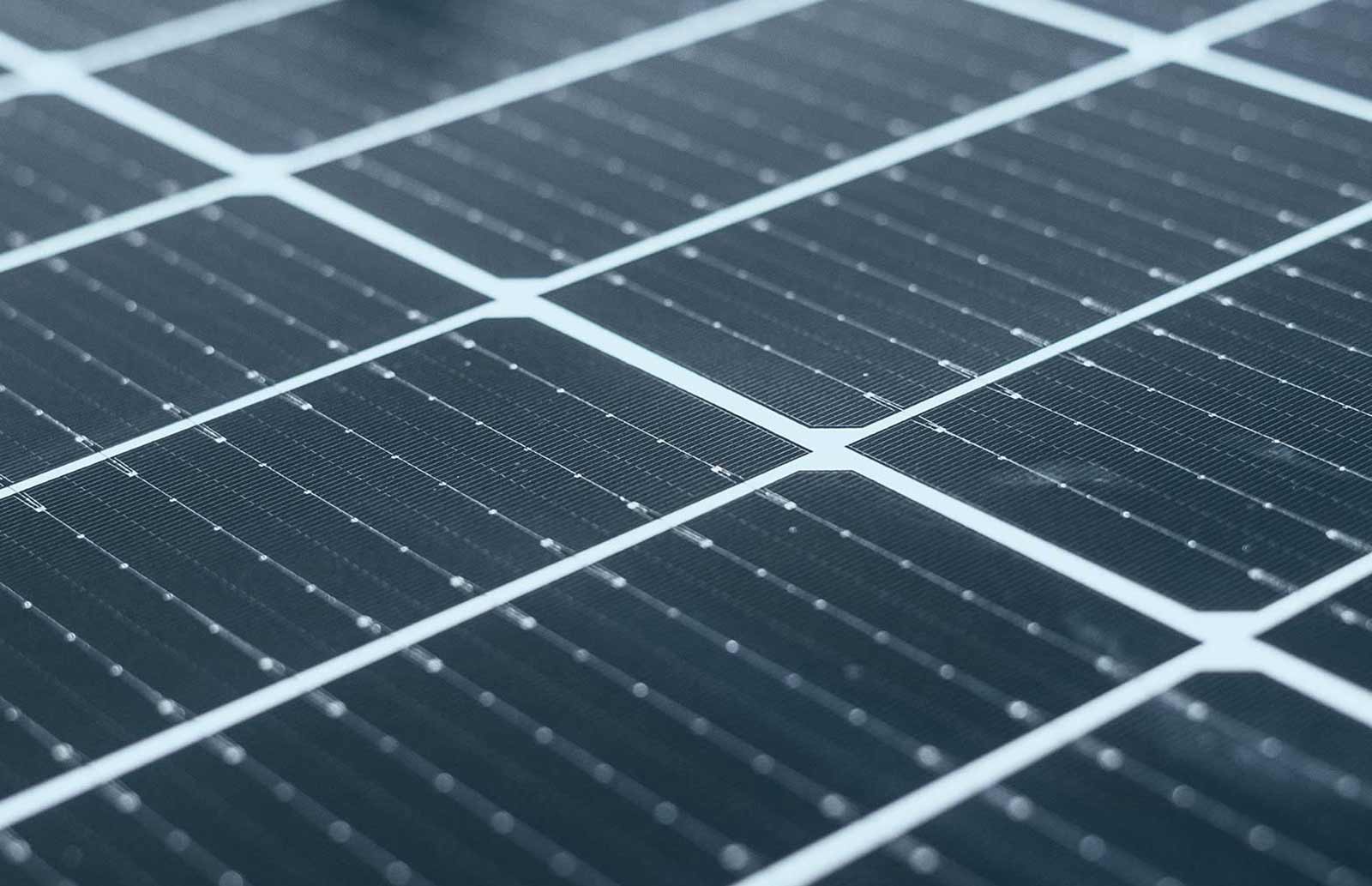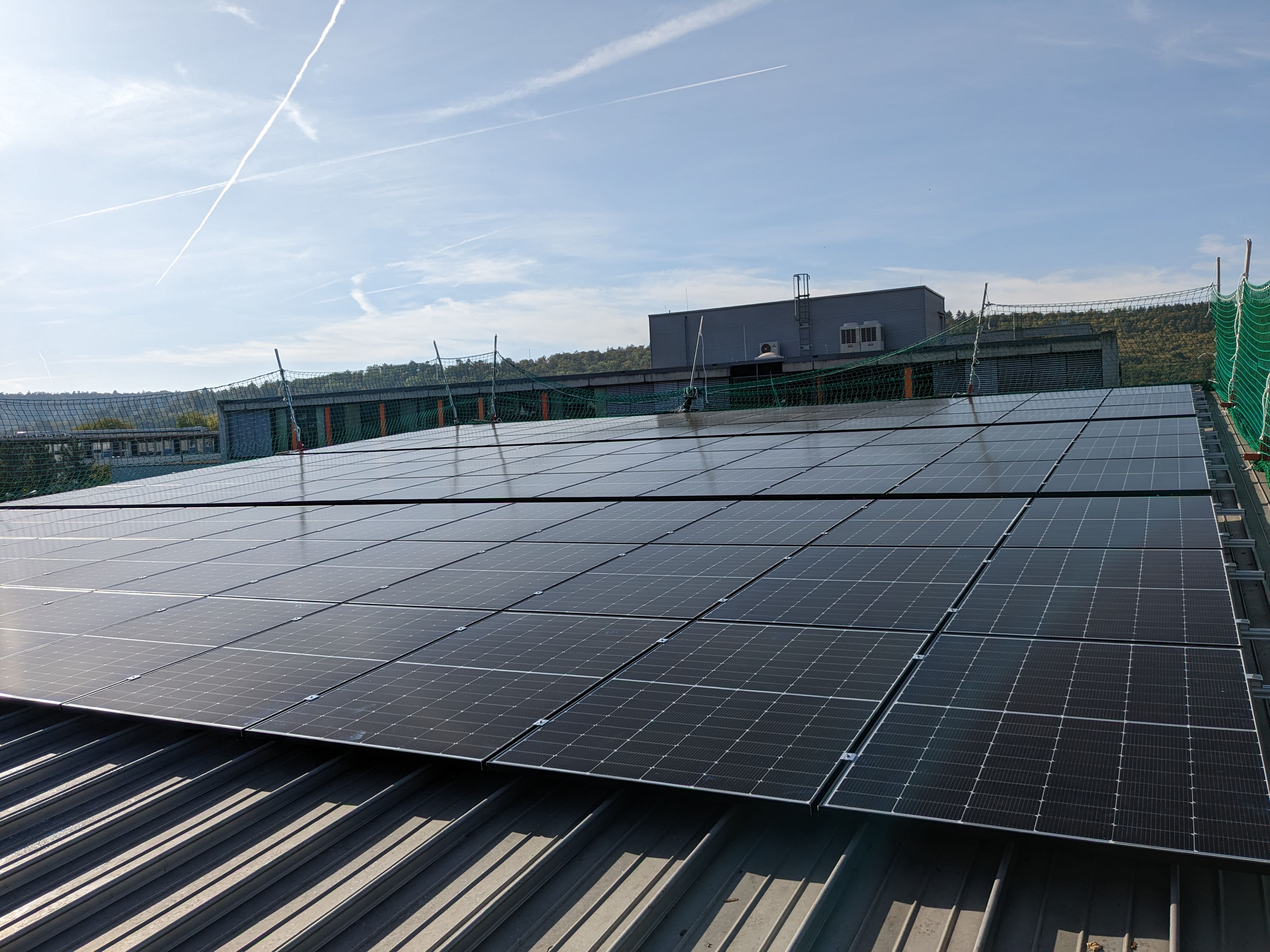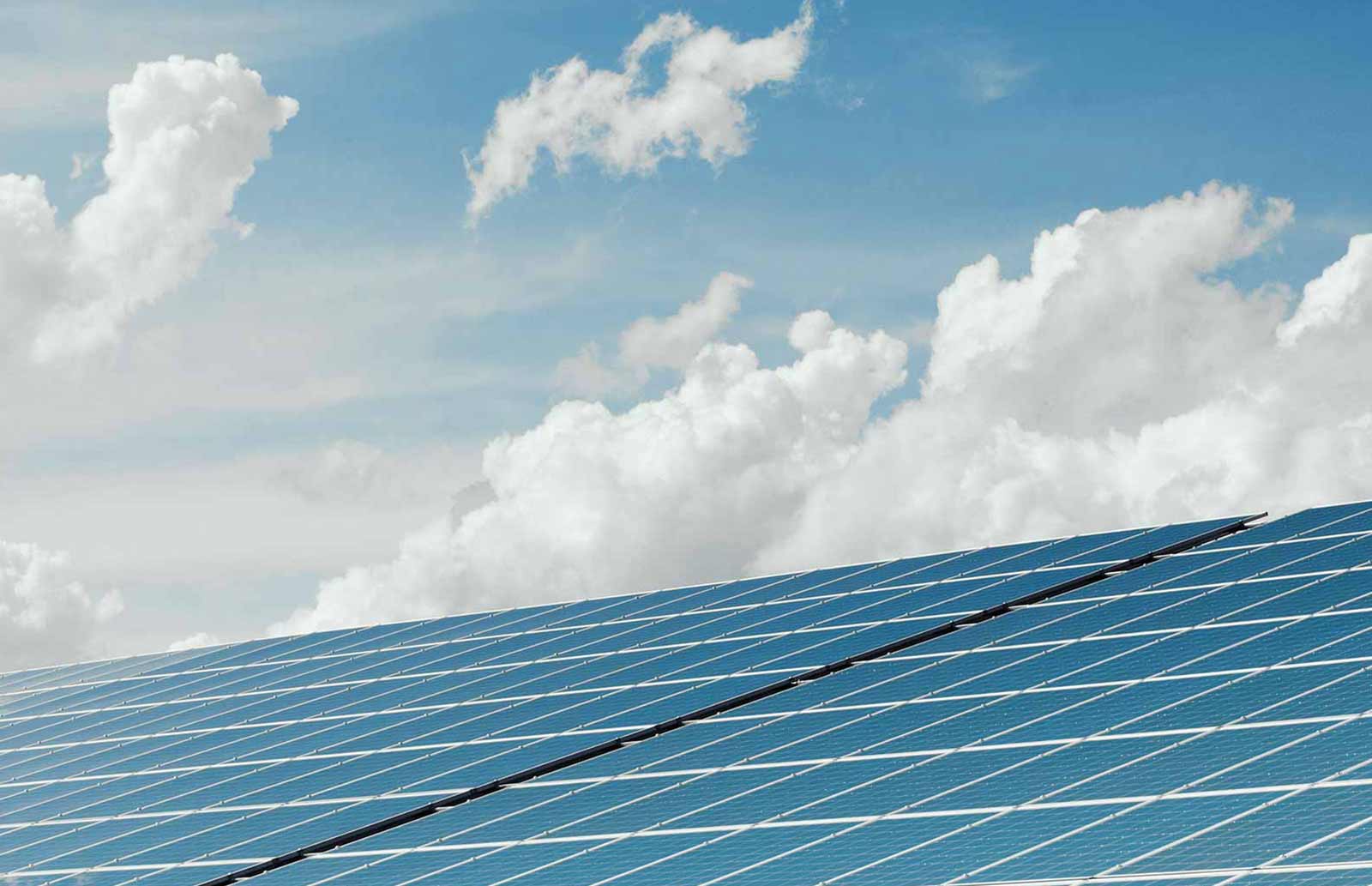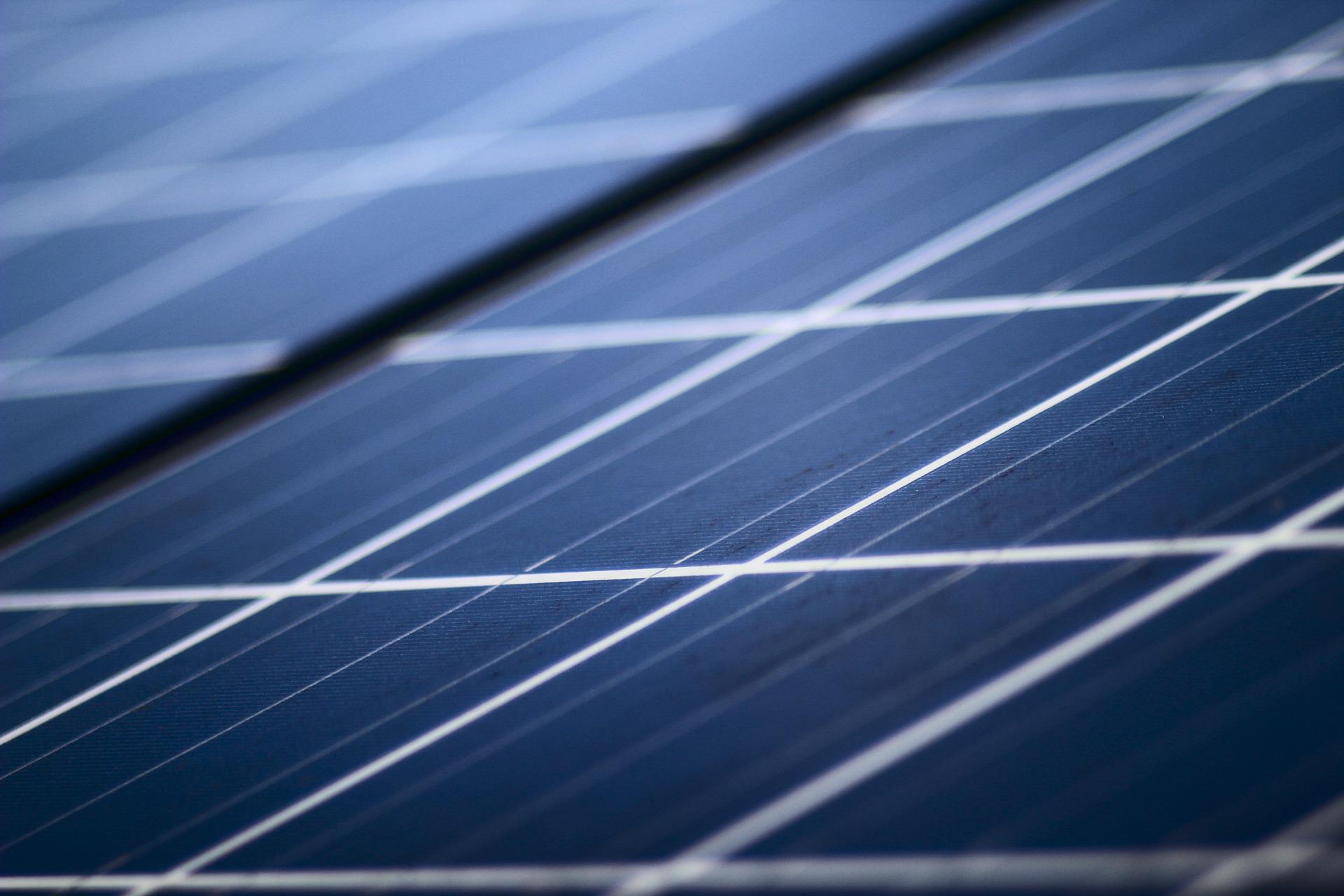Module selection by strescon
The heart of the PV system is the photovoltaic cell, it converts the energy of sunlight into electric power. The single photovoltaic cells are connected to a PV-module, this module is the finished end product which is then mounted on your roof. We offer our customers a wide range of module types and have the suitable product for any project size. Talk to our experts - Toghether we will find the optimal PV-module for your demands and requirements.
Direction future.
Use green energy.
You are interested in an own solar system? We support you, with turn-key solutions as well as with particular dimensioning and consulting services. Contact us and get an overview of our comprehensive portfolio.
Knowledge
Module technology
You want to learn more about the solar plant on your roof? Get an insight into photovoltaic modules and cells.

